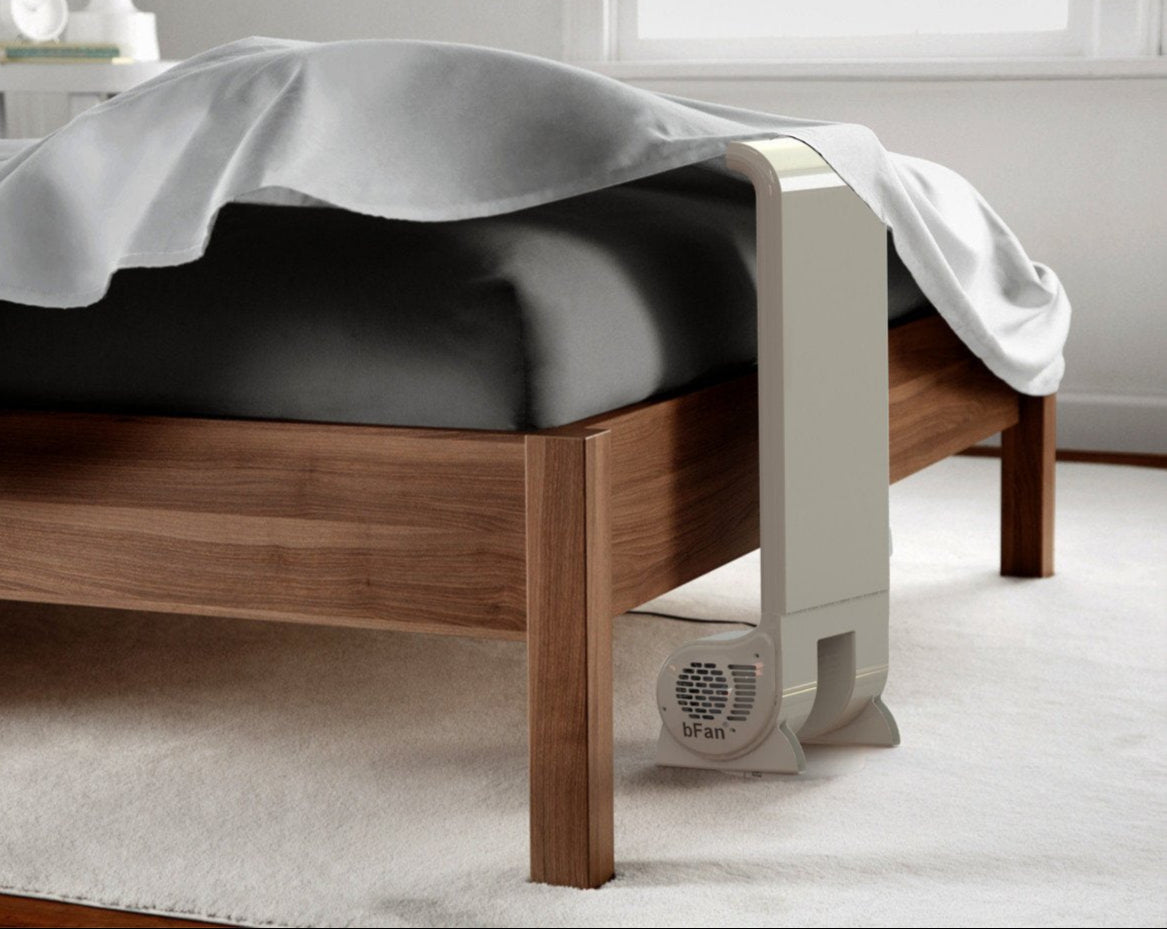Do Hot Flashes Come and Go?
For many people struggling with hot flashes, the question of what is typical for hot flashes and whether they come and go is pretty common. There is a lot to break down in order to answer this question, starting with what precisely hot flashes are. Hot flashes are described as being a feeling of intense heat, which can either be sudden or build up gradually. You might also experience tingling in your fingers, sweating, abnormal heartbeat, and your face and chest area may feel flushed or look red. You might also feel very cold after the hot flash passes.
The next subject to address is what causes hot flashes. There are a variety of different causes, which can make answering the question of their frequency rather tricky. First, we'll focus on the most common cause of hot flashes, menopause. Menopause is defined as the end of a woman's reproductive abilities, specifically the 12 months following her last period. There are several years leading up to that point, called perimenopause. Women can also experience hot flashes during perimenopause. Between perimenopause and menopause, the menopausal transition can last seven to fourteen years!
The reason that hot flashes occur during menopause is because of the hormonal fluctuation occurring during that time. The levels of estrogen and progesterone fluctuate a lot during perimenopause, with estrogen levels dropping significantly during menopause. As a result, some people will only experience hot flashes during menopause, while others will experience them for the rest of their lives following menopause. Luckily for those who have hot flashes occurring consistently post menopause, the intensity dies down over time.
As for those experiencing intense and frequent hot flashes during menopause, the length of time that they occur can be somewhat confusing. Most hot flashes come on suddenly, but the amount of time that they occur varies. Some hot flashes will last just a few seconds, and some can even last for as long as ten minutes, with an average lifespan of four minutes. The frequency of hot flashes can be just as varied depending on where you're at in menopause. Earlier on in perimenopause or in the later stages of post-menopause, they are likely only to occur a few times a week. However, during the height of menopause, they can occur multiple times per hour.
Hot flashes can also be triggered and made worse by certain factors. For example, alcohol worsens hot flashes because it causes blood vessels to expand, known as vasodilation. Red wine is especially notorious for triggering hot flashes. Spicy food can also be a trigger, causing the same vasodilation as alcohol. Smoking, using caffeine, or feeling stressed can also cause hot flashes. Avoiding these triggers can help reduce the frequency of hot flashes.
You can also reduce the intensity of hot flashes by wearing light and loose clothing, as well as making an effort to stay out of the heat. You can also opt to carry around a small, handheld fan during the day to cool yourself off when the hot flashes are flaring up. The best choice for helping hot flashes that occur at night is using the BedFan, which blows air under the bedding and right over your body in order to keep you cool.
Share

